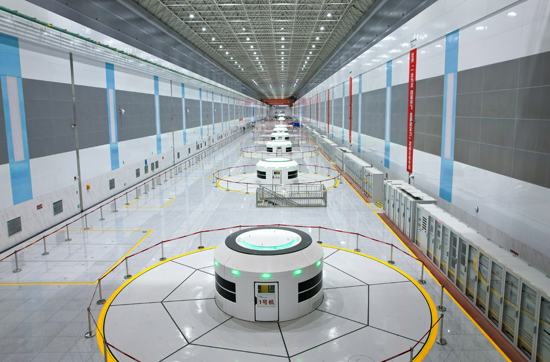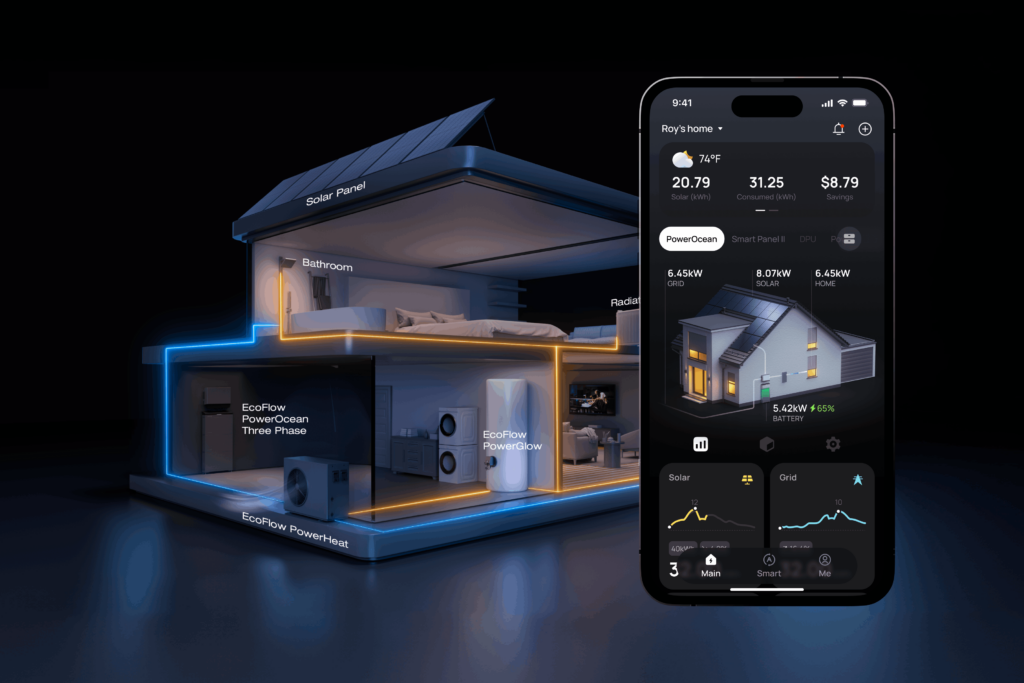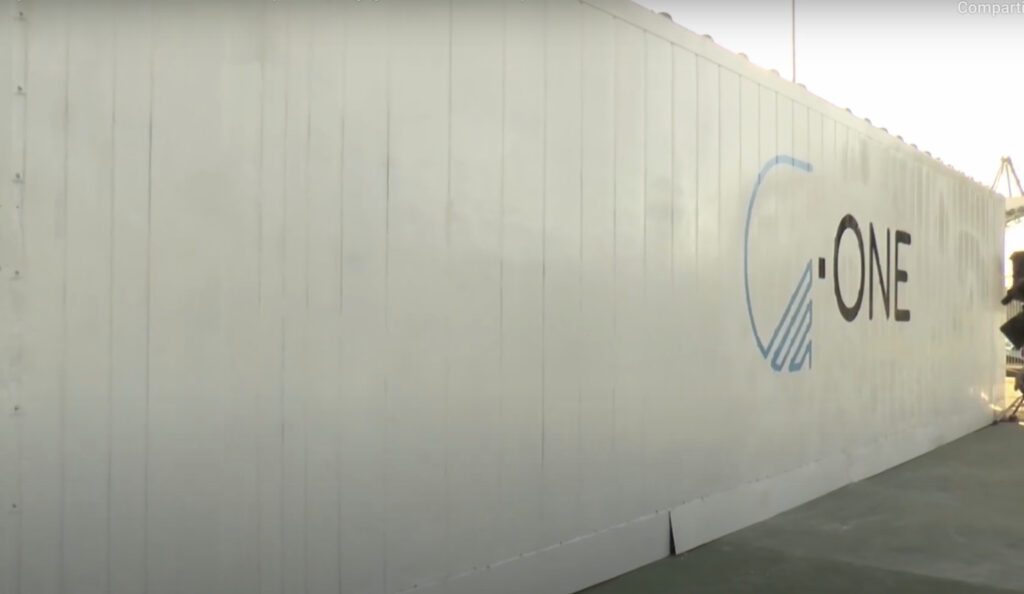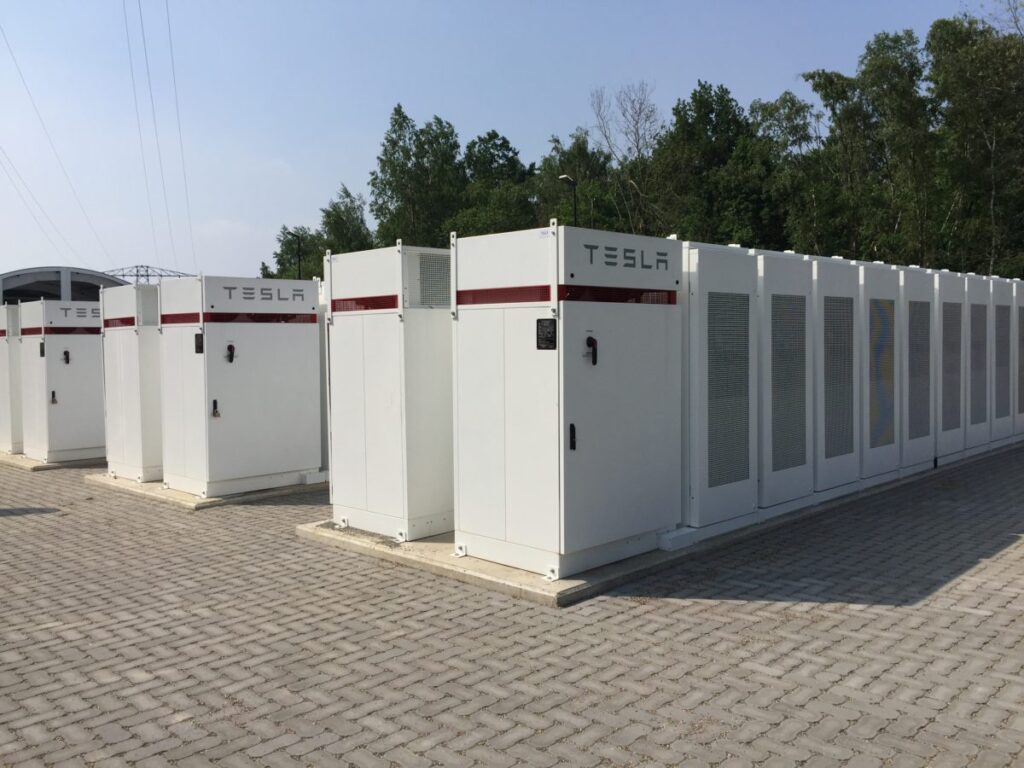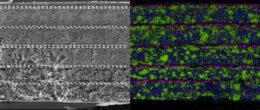Researchers in Spain test energy-community and battery storage electricity market model

Researchers from the Department of Electrical Engineering at Spain’s University of Jaén – working with peers from the University of Hong Kong and the University of Amman, in Jordan – have designed a new electricity market model for energy distribution networks.
The academics explained electricity distribution markets operate in parallel to wholesale electricity markets and produce different marginal prices in different areas – local marginal prices – to send valid price signals to small-scale, “distributed-” generation and energy storage assets.
“This market framework guides consumption or flexible loads or provides bid prices to distributed generation [assets],” said the academics. “The integration of energy communities, battery [energy] storage systems, and distributed generation into a holistic [electricity] distribution market framework is a hot topic [which could] promote investment in distributed assets as well as … [empowering] communities to better use their own resources.”
In the paper An Equilibrium-based Distribution Market Model Hosting Energy Communities and Grid-scale Battery Energy Storage, published in December 2024 in Sustainable Energy, Grids and Networks, the researchers highlighted that energy communities represent a great opportunity for electricity users, whether residential, commercial, or industrial. They proposed a distribution-market model that involves energy communities and grid-scale BESS.
The model is based on equilibrium principles instead of auctions, optimization, or leader-follower arrangements, resulting in a cooperative framework where all agents participate as price-taking entities.
Profit-oriented models are proposed for distribution system operators, energy communities, and battery systems, reached through an equilibrium approach rather than the conventional method of generating electricity prices based on perfect operating conditions for every participant in a network.
The researchers said they have tested their model in various types of electrical network and have demonstrated its viability. They compared the results from their system with a conventional, centralized model for energy distribution networks and said the new approach would exclude high-priced distributed energy generation and storage assets from the wholesale market. That would mean better use of distributed resources and higher profits for energy communities and BESS, the academics said.
From pv magazine España.




